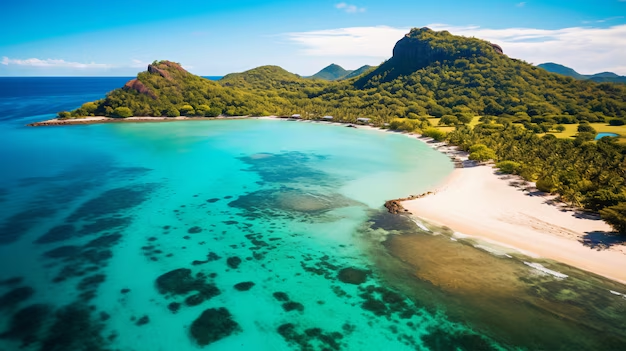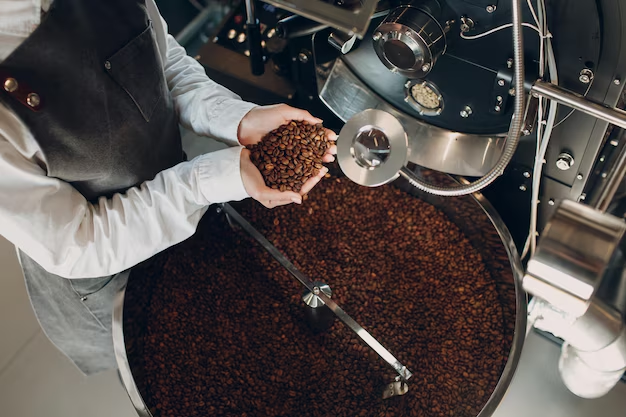The world of coffee boasts a vast tapestry of flavors, and the origin of the beans plays a starring role. Today, we delve into the distinctive characteristics of Kona coffee and Ethiopian Yirgacheffe, showcasing the unique experiences each offers to coffee enthusiasts.
A Journey Through Geography

- Kona Coffee: Nestled on the slopes of Hawaii’s Big Island, Kona coffee thrives in volcanic soil under consistent rainfall and ample sunshine. These elements contribute to Kona’s distinct “terroir” – the flavor profile shaped by its growing environment.
- Ethiopian Yirgacheffe: Hailing from the Yirgacheffe region of Ethiopia, the birthplace of coffee, these beans grow at high elevations amidst lush greenery. The cool temperatures and meticulous processing methods contribute to Yirgacheffe’s distinctive character.
Flavor Profile Showdow

- Kona Coffee: Renowned for its smooth, well-balanced taste with a gentle acidity. Kona often features subtle hints of nuttiness and chocolate, and is prized for its clean finish. Lighter roasts highlight the delicate sweetness, while darker roasts intensify the body and chocolate notes.
- Ethiopian Yirgacheffe: Celebrated for its bright, complex flavor profile with a prominent and lively acidity. Yirgacheffe often boasts floral and citrus notes, sometimes accompanied by hints of stone fruit or berries. The light roast profile typically preserves these delicate nuances.
Acidity and Body

- Kona Coffee: Kona coffee is known for its smooth, low acidity. This characteristic makes it a delightful choice for those with sensitive stomachs or who prefer a mellow cup. Kona offers a medium body that satisfies without being overpowering.
- Ethiopian Yirgacheffe: Yirgacheffe is known for its vibrant, high acidity. This acidity contributes to a lively and refreshing cup. Yirgacheffe boasts a lighter body, allowing the nuanced flavors to shine through.
The Final Sip: A Celebration of Diversity

Both Kona and Ethiopian Yirgacheffe coffees are exceptional in their own right. The ideal choice depends on your personal flavor preferences. If you seek a smooth, low-acidity coffee with a touch of sweetness and nuttiness, Kona might be your perfect match. If you enjoy a bright, lively cup with a complex profile of floral and citrus notes, Ethiopian Yirgacheffe could be your champion.
Experience the World with KonaCoffee.com
At KonaCoffee.com, we are passionate about exploring the vast world of coffee. While we specialize in Kona coffee, offering a variety of roasts and bean options, we also invite you to venture beyond and discover the unique flavors of Ethiopian Yirgacheffe and other exceptional coffees. Find your perfect cup today and embark on your own delicious coffee adventure. Mahalo (thank you) for choosing KonaCoffee.com!



























